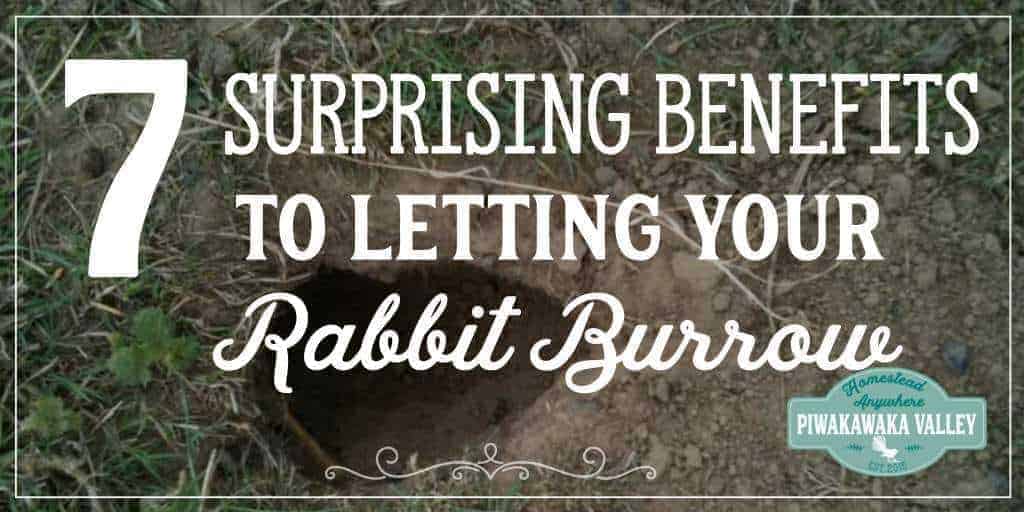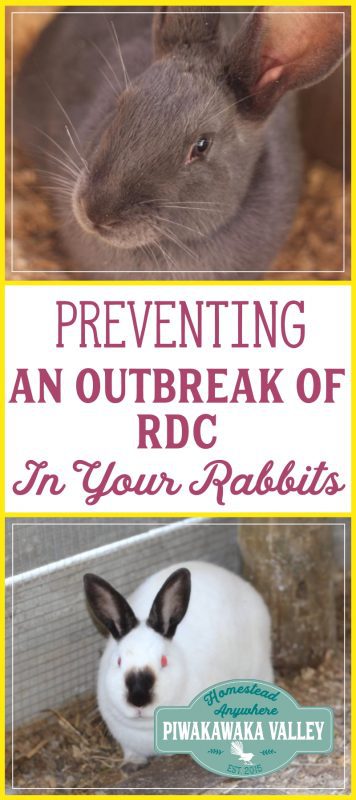This post was most recently updated on July 27th, 2021
During the first week of March 2017, a planned national release of RHDV1 K5, went ahead in Australia and New Zealand. There is no cure for Rabbit Calicivirus (RCD), therefore prevention is the only option. Below I will show you steps you can take to prevent the spread of RCD in your rabbits.
Please read: This information is provided for educational purposes only and is not intended to treat, diagnose or prevent any disease. We encourage you to make your own health care decisions in partnership with a qualified health care professional.
This post contains affiliate links, this means at no extra cost to you, we make a commission from sales. Please read our Disclosure Statement
What is Rabbit Calicivirus (RCD)?
Rabbit Calicivirus (RCD) is known by several other names – Rabbit Haemorrhagic Disease (RHD) and Viral Haemorrhagic Disease (VHD). RCD exists in all countries with domestic rabbit populations.
RCD is a highly infectious and usually fatal disease that affects wild and domestic rabbits, and it has been deliberately made more virulent and released to control wild rabbit populations in some countries including Australia and New Zealand.
RELATED: Complete guide to rabbit disease
RCD is a horrible way to die – RCD causes rapid development of blood clot formation in major organs such as the heart, lungs and kidneys.
The clots block blood vessels causing heart and respiratory failure. An infected rabbit that has died from RHD will often have its legs straight out and head over its neck. Rabbits tend to die within a week of coming in contact with the virus.
Want to know all about raising rabbits in a colony?
Check out our very own book here:
Available on Kindle and in paperback or from our store
RCD History in New Zealand
In July 1997 in New Zealand, the Ministry of Health decided not to allow RCD to be imported into New Zealand to control rabbit populations. However, in late August it was confirmed that RCD had already been deliberately and illegally introduced to the Cromwell area of the South Island and spread by farmers.
Every year in New Zealand we experience an outbreak of it in Spring and Autumn. Now the government is looking at releasing a much, much stronger strain of the virus either K5 or V2. At this stage there is not likely to be a vaccine available for at least a further 18 months, and the current RCD vaccine has limited coverage over the new strains.
So in order to protect your rabbitry from these new nasty versions (or the old one for that matter!) I have compiled some tips and procedures you may like to consider implementing.
As you know, I am a huge advocate for colony raising rabbits, in New Zealand that means we have to keep them in a shed, away from any possible contact with wild rabbits.
RELATED: What to do with a sick rabbit
RCD PRECAUTIONS to prevent the spread of Rabbit Calicivirus
On outdoor runs :
Try and put fine insect mesh on all runs. Flying insects especially flies are high risk for carrying virus from dead rabbit to your rabbits.
If your rabbits are enclosed in a shed:
Use an eco-misters especially natural pyrethrin spray will help. The natural pyrethrin targets insect biochemistry that mammals like rabbits and us don’t have.
Get a fly mesh curtain across the door of your shed – or even window netting will do if you cannot afford the fly mesh – to stop flies and mozzies coming in.
For all Rabbits:
Find an antiviral disinfectant
Like Virkon S / f10 / Sterigene – make up foot baths for shoes and sprays for hands and clothes. Sterigene and f10 are safe around animals if carefully used, and is environmentally friendly once dried so can wash bowls etc and cages with it.
Be careful when you come home
If you leave the property – do not go straight to your rabbits, wash and change your clothes first especially your shoes – you might like to keep a spare pair of boots in the rabbitry that you only wear in there.
No visitors
Don’t let visitors near your rabbits – especially if they have rabbits at home.
If you are selling a rabbit, bring it to the front yard or house rather than having people walking around your rabbitry.
If rabbits leave the property – have a separate place away from the others where it can stay for a 7-10 days just in case it falls sick
Vaccinate
The old vaccine may give SOME protection against K5 (the new strain) which is better than nothing, and will give high protection against the Czech strain which is still killing unvaccinated rabbits.
Keep away rodents
Trap your mice and rats as best you can – they can bring it in especially if you are rural because they will eat dead wild rabbits and pick up on the virus. While they don’t get sick, they can act as a calicivirus host.
Sash your hay
Store all hay/straw/lucerne/alfalfa/grain for a minimum of 3 months. The current virus lasts 110 days at least on surfaces and hay has been known to be the source of some deaths. No one knows really how long the K5 or V2 lasts but it can be assumed that they will have some survival time outside dead rabbits. Places to store can be hard but off the ground on a wooden pallet, garden shed or garage if possible.
Pellet feed will be virus free so long as sealed at the factory – it is heat treated such that the virus died.
Wash your greens
Vegetables and green feed – even supermarket food will be a possible source of virus. This happened last year with the old strain of virus and killed a few unvaccinated bunnies. Homegrown vegetation is safer but there is still some risk due to flies etc contaminating it. Homegrown fodder from inside the house is probably the lowest risk green food option.
After some discussion on other groups, a possible way over this is using f10 or sterigene – soak greens in diluted bath for 10 minutes, then rinse off green/veges very well in water and allow to dry. Then these will be safe to feed. Both these products are animal safe once object is rinsed and dried.
Protect your colony
Rabbits colonies in runs are the hardest to protect. Perhaps the openings can be covered with fine mesh shade cloth to exclude insects and sides done with this or insect mesh.
Remember cats, and even your own dog, can bring the virus to your bunnies so it pays to keep them away also.
To protect your rabbits, vigilance is the best thing. If, where you are, the strains of RCD have vaccinations available by all means get your breeders vaccinated. It is worth the outlay to protect your breeding stock. If you do have an outbreak and some of your young ones survive being exposed to RCD, you have some naturally occurring immunity – I would keep them as breeders (presuming they are also good form/growth etc).
What do you do at your place to prevent RCD let me know in the comments below!
Want to know all about raising rabbits in a colony?
Check out our very own book here:
Available on Kindle and in paperback or from our store









